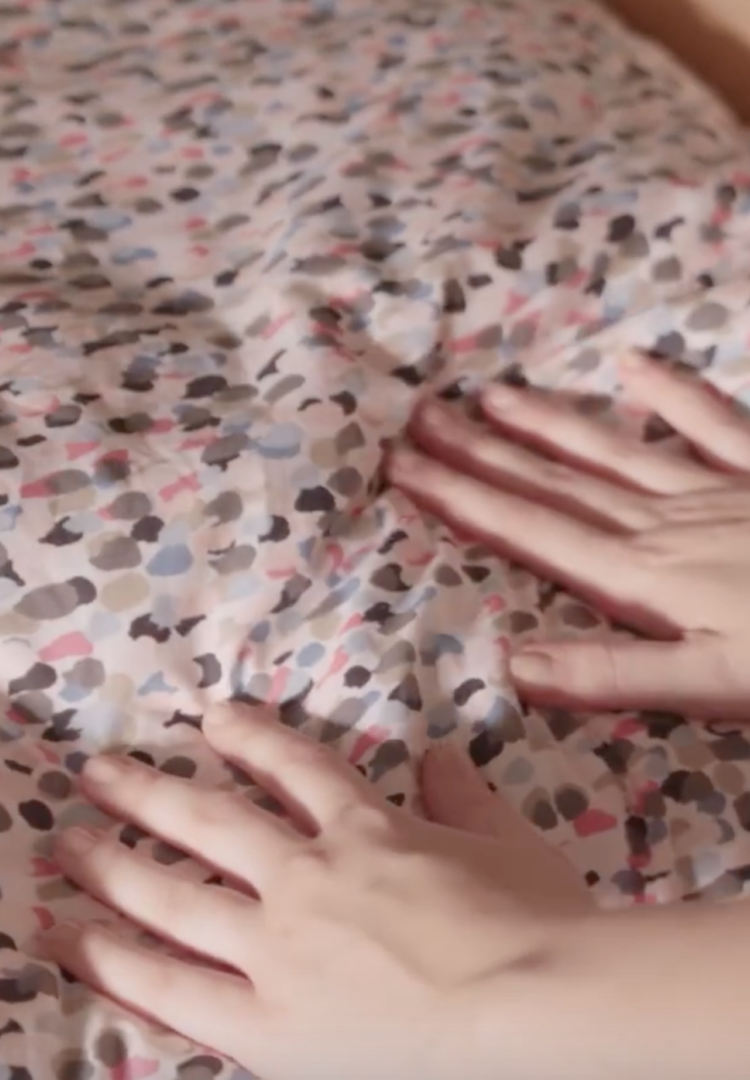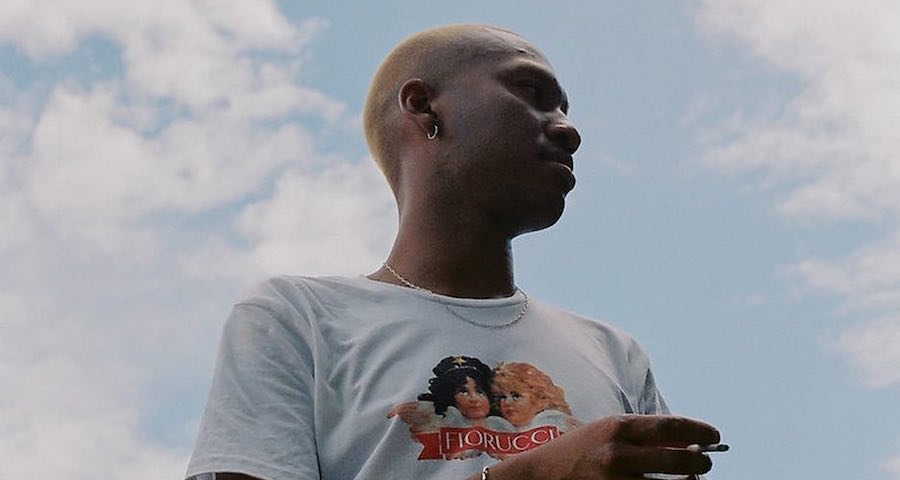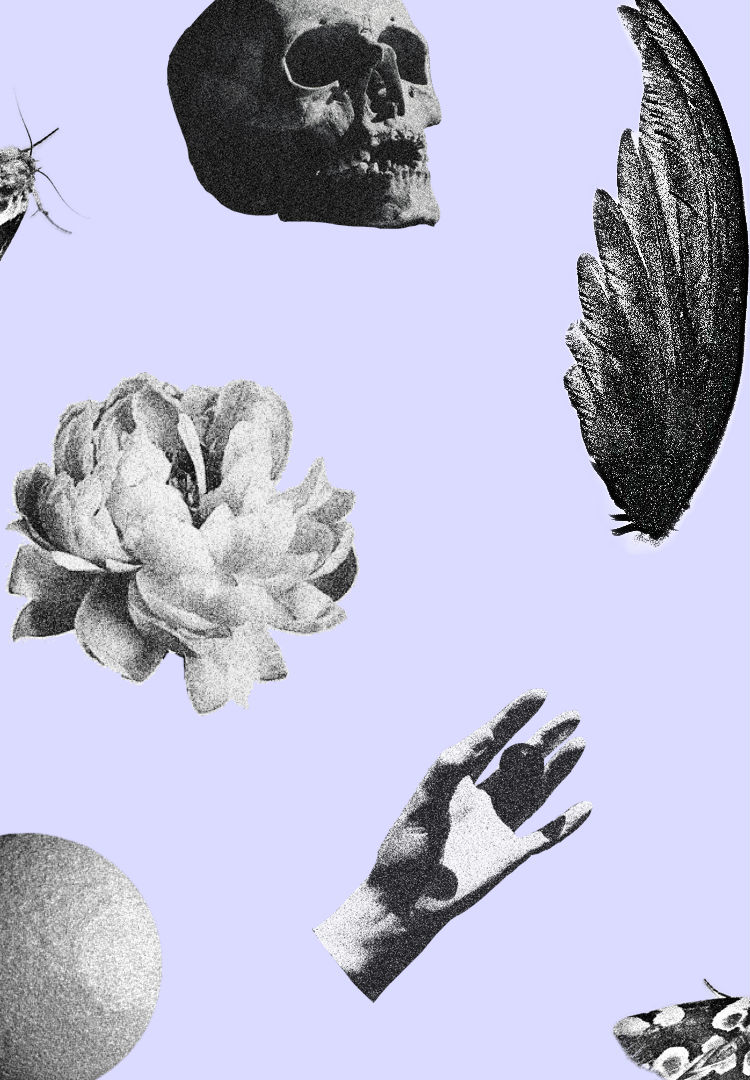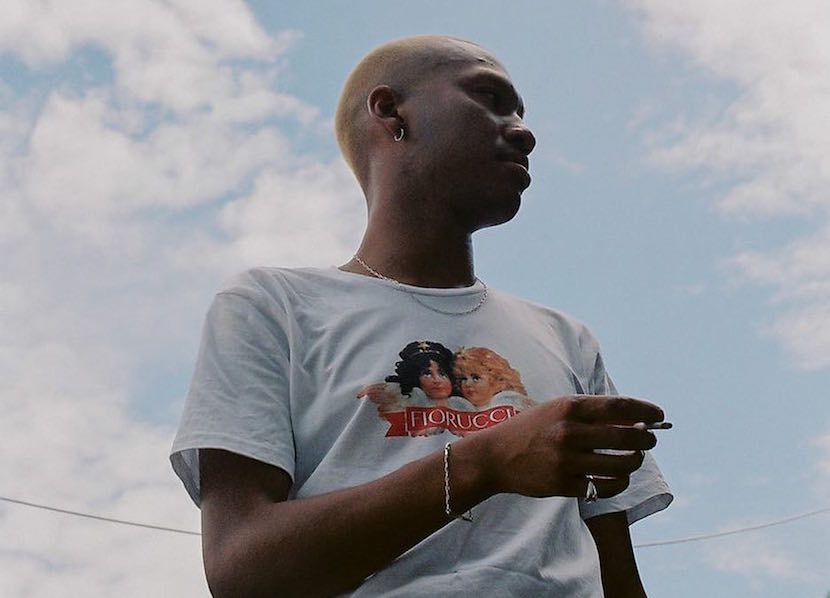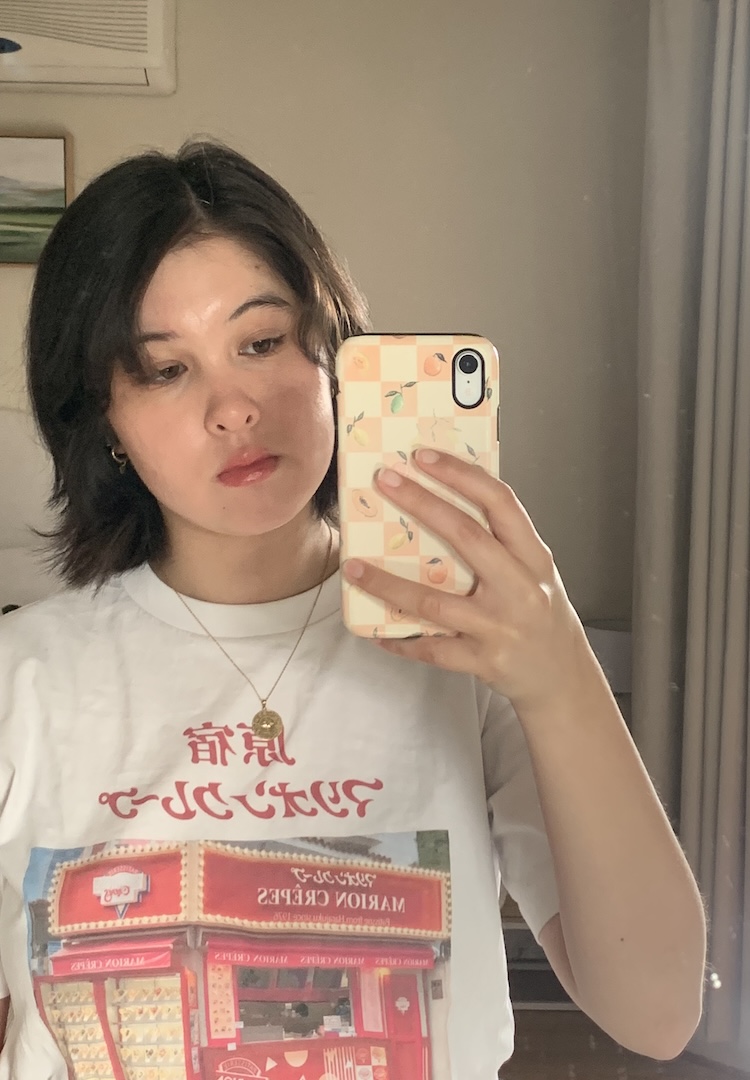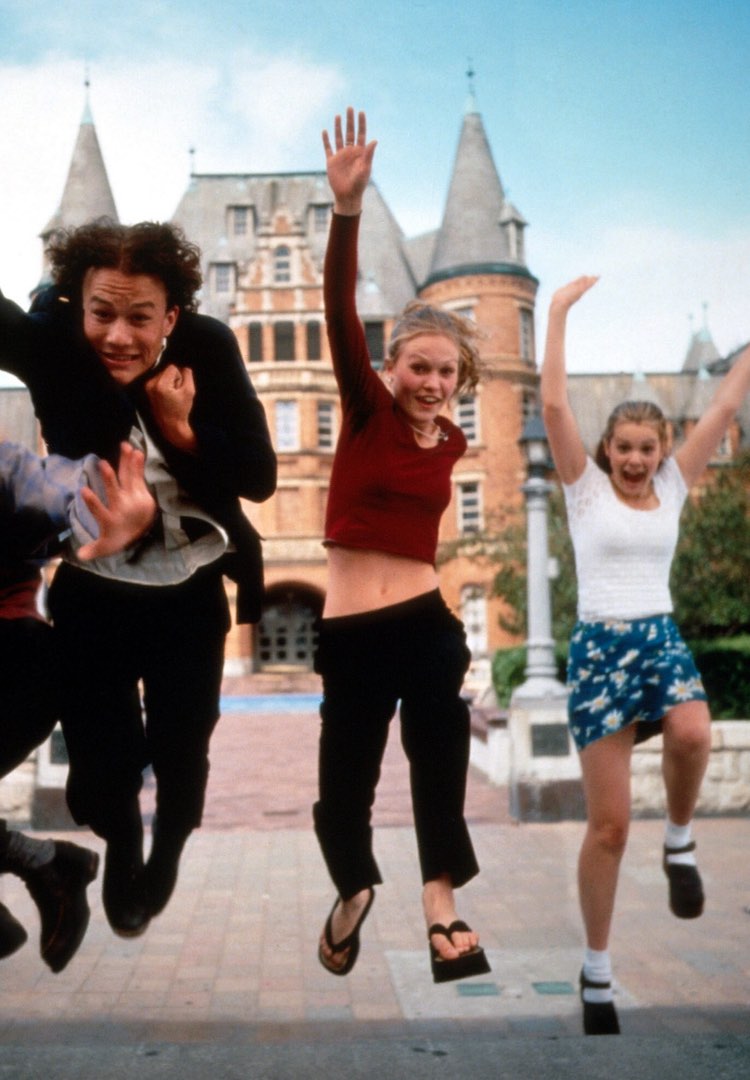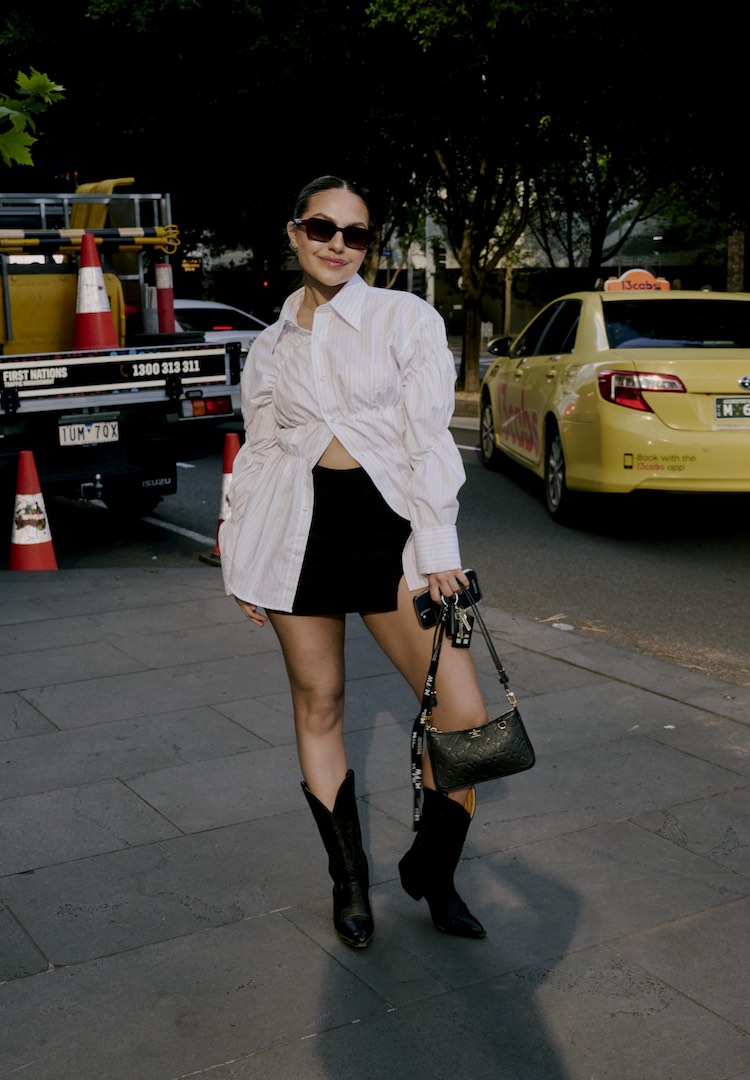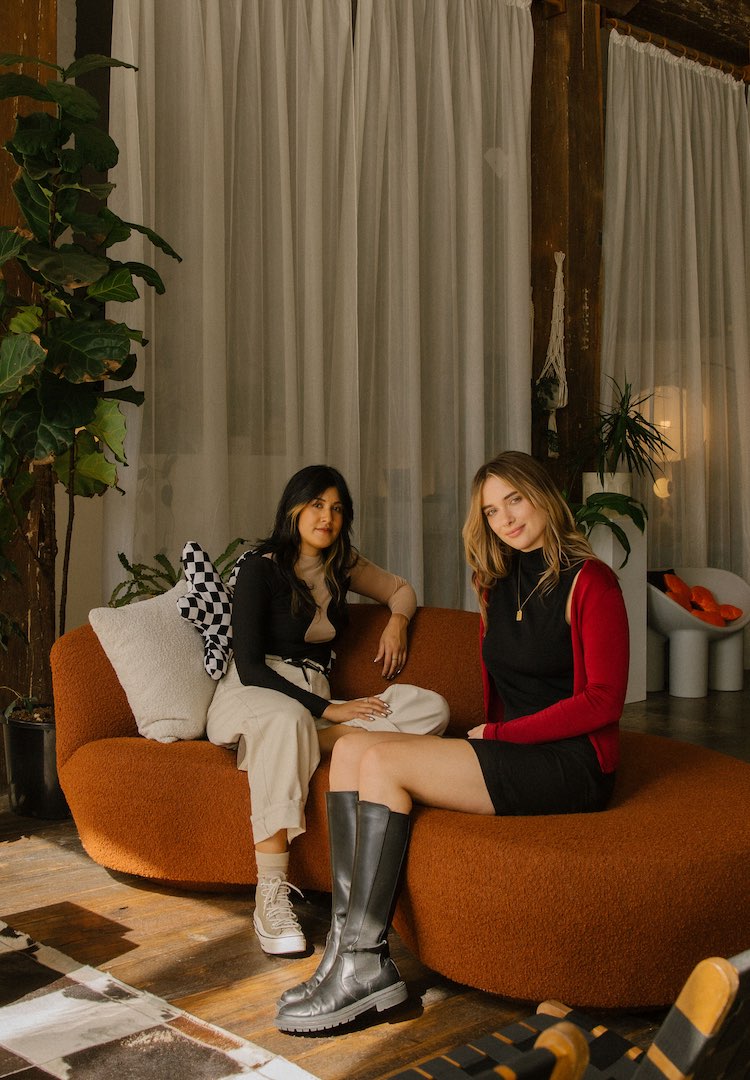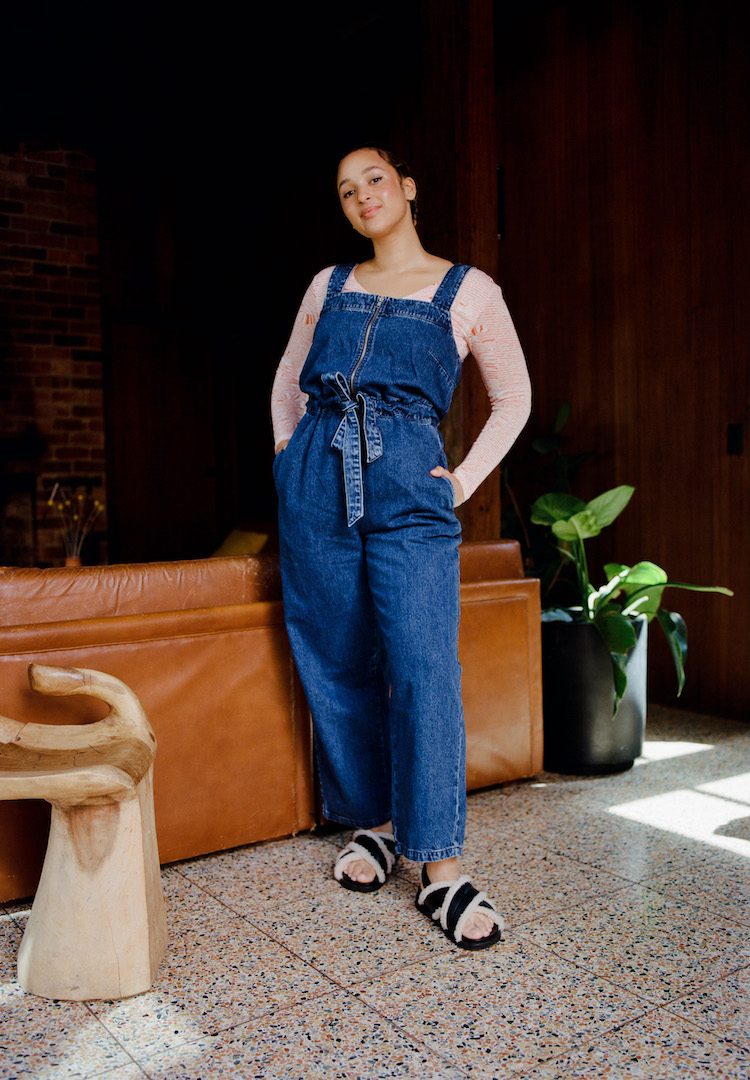Exploring cultural identity with local photo series ‘Where are you from?’
Images by Jess Brohier
Curated by Sabina Mckenna
Interview by Eliza Sholly
The question “Where are you from?” can seem harmless but, for the recipient, it can also be loaded with connotations.
Having encountered this question many times before, writer, curator, model and activist Sabina McKenna had an idea. She envisioned a resource that would unpack the experience of being asked, ‘Where are you from?’ by looking at similar experiences of other people of colour.
Alongside friend, photographer and art director Jess Brohier, she created Where Are You From? a photojournalistic project that explores the nuances in Australian cultural identities. Importantly, the project aims to celebrate cultural diversity in Australia and to challenge the understanding that to be Australian is to appear Caucasian. It also aims to stimulate conversation, which is where we begin.
How did you guys first meet?
Sabina: Jess actually shot me for Ladies of Leisure a few years ago and then, as it goes, we just started seeing each other around. One night, I told her about my idea for the project and mentioned that I thought she would be a really good addition.
Jess: It was definitely a merging of interests. When Sabina told me about her initial ideas for WAYF I was super stoked because, as a fellow person of colour, it’s so representative of things that I want to be talking about.
Can you tell me a bit about the inspiration behind WAYF, and the project as a whole?
S: The idea had actually been in my mind for a really long time. I have been asked that question for my entire life and always felt a bit weird about it. I couldn’t pinpoint why, but I knew it had to do with me looking a little bit different and standing out in a landscape like Australia. For so long, I felt crazy about why I got so upset or triggered by the question, and I think I just wanted to find context for those feelings and make sense of it through other people. I had a couple of months free in the summer of 2017/2018 and I thought I might as well see what happens.
How does it make you feel when someone asks, “Where are you from?”
S: Even after doing the project, it’s still disarming to hear that question. It carries the connotation that I don’t belong in the situation because of the way I appear. Often people ask it when I’m in a vulnerable situation. Like at work, when I’m there on someone else’s dime and I’m obligated to respond nicely. When it’s asked like that, there’s a definite power play at hand.
Also, I think it just raises the assumption that because of the way I appear, I must not be from here, which is just wrong on so many levels. Individually, I was born here and so were a lot of people with migrant heritage. And secondly, it also erases the whole colonial history in Australia. We are actually all settlers, and the first people here were people of colour. There is a lot of layers at play here, and I think that’s what is triggered when I’m asked that question.
J: When I was younger, I used to feel pretty uncomfortable about it. I grew up in a predominantly white area and my whole way through primary school, I was just very aware of the fact that I was not white. Now I’m pretty proud of it. In my experience, people have become a lot more sensitive with their delivery. For example, they might ask me what my background is, in which case I’ll just answer because it’s something I am really proud of. I’m proud to be a niche now, whereas I used to feel as if I was being put in some box that meant I didn’t belong in this community.
What have been your personal highlights of the project so far?
S: Definitely the first exhibition. We’ve had three so far, and they were all really unique in terms of how they turned out and how people responded. At the first one, I think we had about three or four hundred people turn up. There was so much emotion in the room; people were crying.
J: Honestly, just being the visual component on the side of this has been incredible. I’m stoked to be a part of something that has such a good vision.
Why do you think activism like this is so necessary in a place like Australia, particularly?
J: Mostly because people of colour need accurate visual representation in the media. There just isn’t enough of it. I travel a lot and, more than once, have had people from other countries ask me if I’m an Aboriginal person, just because they don’t know we have multiculturalism in Australia. The more visibility we get celebrating the diversity and beauty of Australian people of colour, the better.
S: Representation is really important. We need to celebrate the diversity that’s here because it’s been like this for far too long. There’s a culture in Australia I recognise as a backward way of thinking that, I guess, is rooted in our complex history. While we have a long way to go, I think mediums like this (and art visibility in general) for people of colour in Australia will open up conversations that need to be had.
What do you think is the biggest issue facing young people right now?
J: I would say there is a definite culture of needing to project happiness and perfection all the time. The social media generation has cultivated a pressure to always appear like you have everything together, which, as we know, is not always the case.
S: The climate crisis. There is so much resistance from people in power, who are predominantly white and of the older generation. They are not the people who are going to suffer. People of colour are the ones who will be impacted. The ones who are living in developing nations are greatly affected by the decisions of the Western world. They are the ones who will experience the greatest environmental catastrophes.
Where would you like to see the WAYF project take you?
S: I’d love to teach cultural awareness in communities where there is a white predominance. Anywhere in the world where that might be. I’d also love to take it into different formats and contexts. The photos and stories worked really well, but there are so many other mediums that could be used to tell that story and share that conversation.
Below are some excerpts from the series, asking Australian people of colour, “How does it feel to be asked where you are from?”

“At the end of the day (or the start of the conversation) for PoC, being asked, ‘Where are you from?’ serves as a constant, ‘Just in case you forgot, you aren’t white. Do you care to comment?’ The question, most of the time, is immediately alienating and is a power play. It makes me wonder why it matters. Does it matter? This country is in a state of flux and yet is completely unable to grasp what will unite us. Dealing with these microaggressions only makes me think twice before I use my voice – just to preserve myself.”
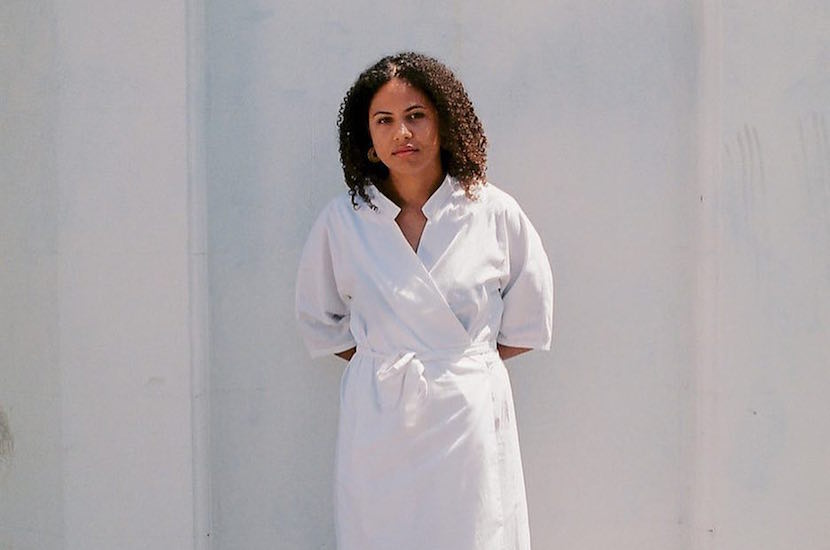
“I try to emphasise that someone’s background doesn’t always determine who they are and to where they belong. I can appreciate people’s interest in my ethnicity, and most people are probably unaware of the way they can make me feel by asking about it… It’s very confronting to have someone comment on your appearance that way, especially when it’s brought up midconversation or, even more so, when it is the thing that starts the conversation.”
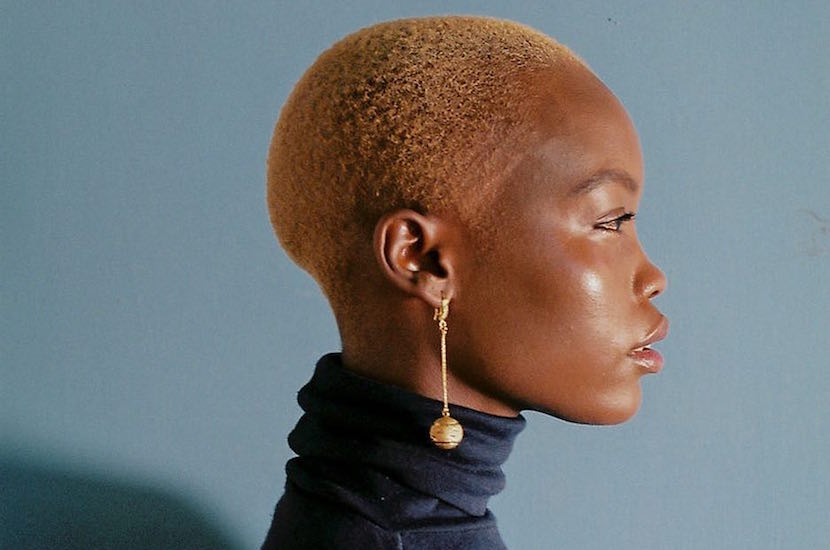
“[The conversation] always starts with a compliment! And is followed by questions like, ‘What foundation do you use?’ and, ‘It must be so difficult to find one!’; ‘Were you born here?’. Then I usually say something like: ‘Nah, I came here as a nine-year-old’. Then… it’s, ‘Oh really, your English is so good!’ How does it make you feel? “Pretty shit; very uncomfortable. It feels like I’m not supposed to be here, for some reason.”
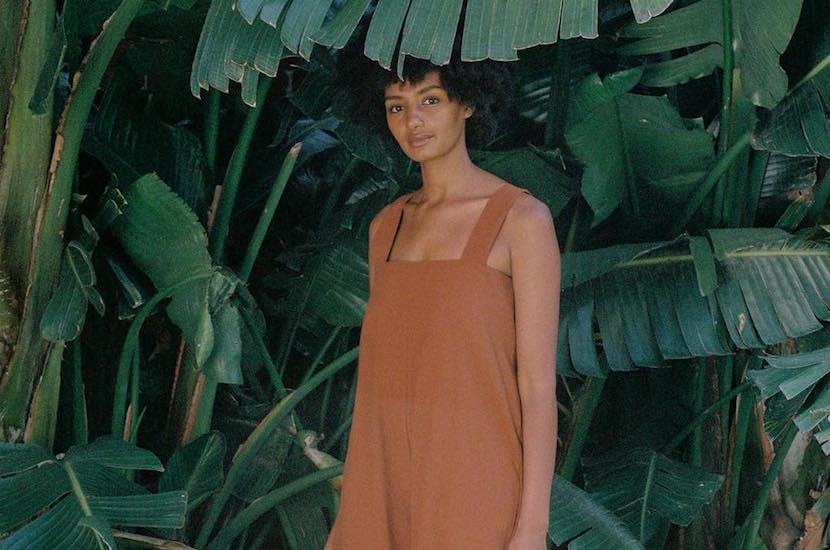
“The last time I was asked, ‘Where are you from?’ was at my local milk bar. It was one of those crazy-hot summer days. When I got there, the lady serving me behind the counter was admiring my hair. She asked me where I was from. I told her I was from Ethiopia. It’s a question I get a lot and one that I am not fazed by these days. I was happy to feed her curiosity. She told me how some 30 years ago, she had a perm and would rock the big hair… She was funny and I felt comfortable having a dialogue about my hair with her.”
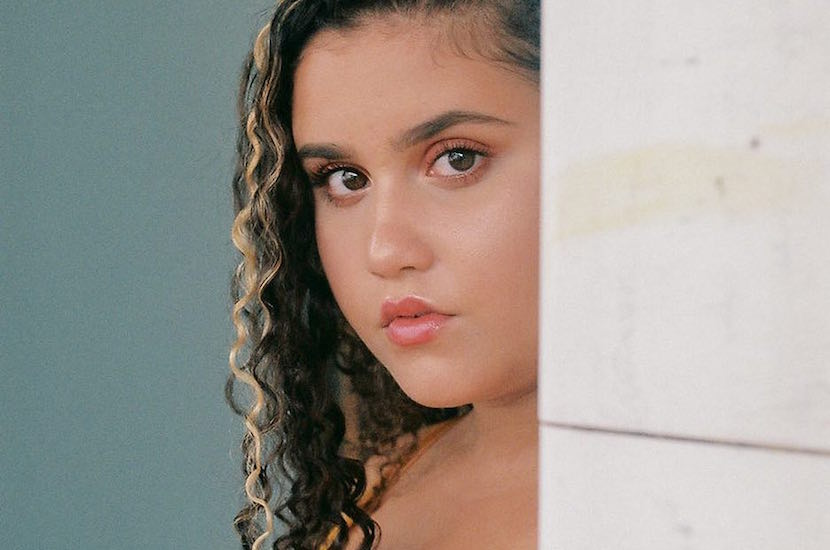
“When someone asks, ‘Where are you from?’, they, of course, have probably never been asked. Being told you are a ‘unique combination’ makes you feel like a dish at a fusion restaurant, not a human being. The colour of my skin and the curls in my hair are not an invitation for you to comment, touch or play a guessing game. These parts of my identity should not be the things you are focusing on. I am so much more.”
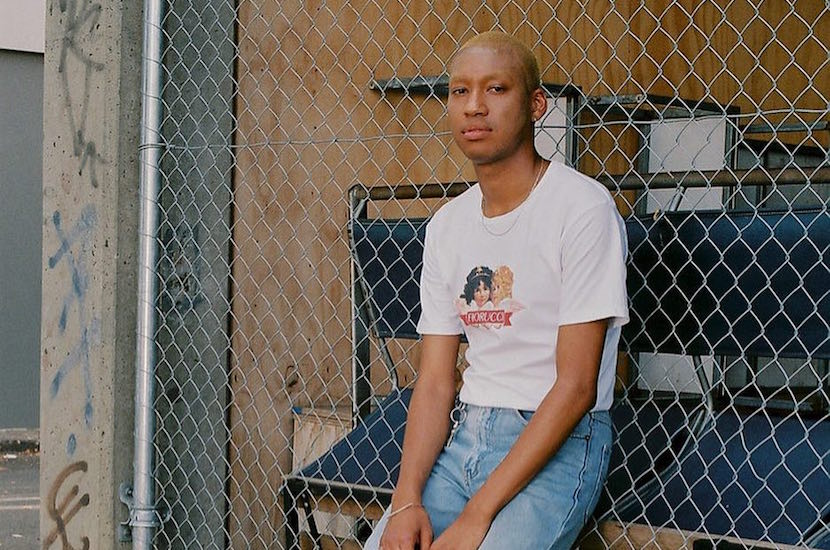
“We’ll say Bendigo and [they] will ask, ‘Where are you really from?’ We’ll say that we were partially raised in Singapore and [they] will ask, ‘Where are you really from?’ [They] will continue to pursue this line of enquiry like an insensitive and involuntary ancestry.com until [they] get the answer to the question [they] really mean to ask which is, ‘Why are you black?’. Clearly [they] haven’t seen Mean Girls.”

“‘Where are you from?’ is a red flag. A warning sign. It prepares me for a conversation I would rather not have. It tells me that white is the default. It tells me that I’m not Australian. It tells me that my presence requires an explanation.”
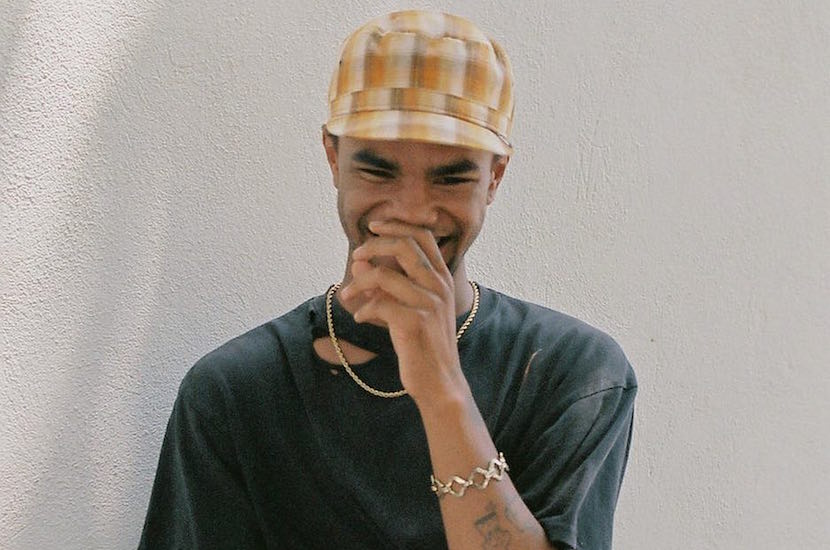
“The last time someone asked me where I was from, I was at work… A middle-aged man approached me while I was behind the bar and, as any employee would, I asked the regular, ‘Hi, how are you? Would you like a drink?’ He replied by asking for a beer. Our small talk extended to the day’s activities, followed by an abrupt eagerness to know, ‘Where are you from?’ I usually don’t mind the question… but the way this man kept insisting even after I told him, was unacceptable. I told him, ‘Here, Australia?’ He replied with, ‘No! But really, where?’. I stated this three times to his face and he still searched for more, as if it was his sole agenda for the night – the pursuit of knowing the true origins of a stranger, without knowing their name, who they are, what they like/dislike, what they’re like. I must be my blackness?”
This article was originally published in Fashion Journal 193. You can read it here.

